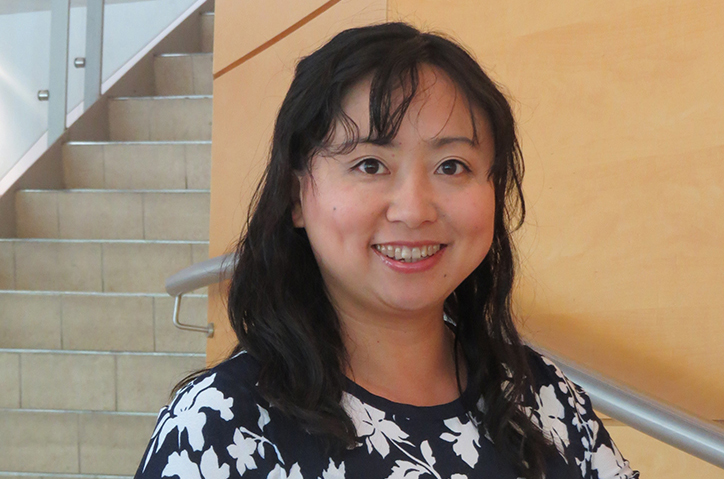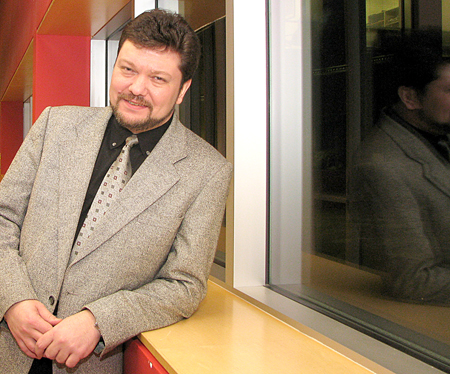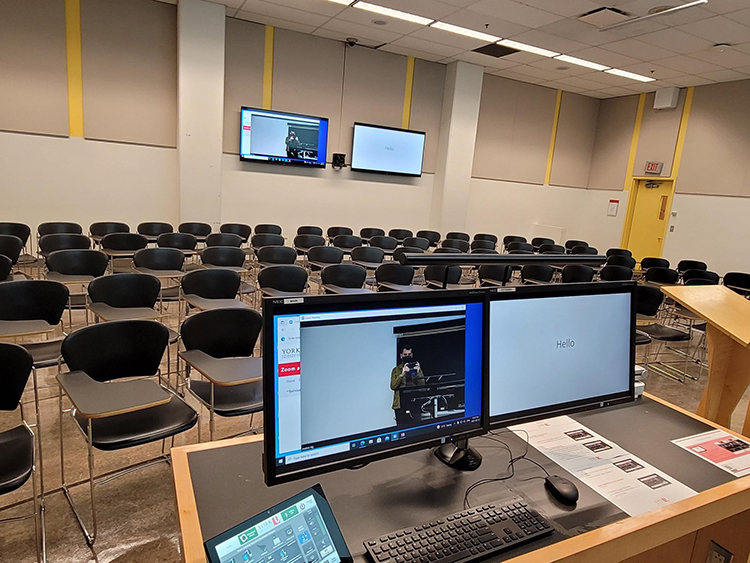Beginning in the Fall 2022 term, faculty members will be able to code their courses with “HYFX” to indicate hyflex mode, meaning that students can take the course either in person or remotely – or both, depending on the day’s demands on their schedules.
By Elaine Smith
The new remote or in-person option for students is the result of a pilot project in hyflex course delivery conducted during the 2021-22 academic year. Several York University faculty members taught their courses in classrooms that were newly equipped with varying levels of technology to allow students to learn either in person or remotely. The pilot offered an avenue for determining what this hybrid hyflex method of teaching might permit for both faculty and students.
Now, faculty members who are interested in teaching hyflex courses can request access to one of the classrooms equipped with the appropriate technology and students will be able to deliberately register for this option.
“Our hope is for students in hyflex courses to have an equitable experience whether they are learning in class or remotely,” said Peter Wolf, the educational advisor who has worked with Will Gage, York University’s associate vice-president of teaching and learning, to bring hyflex classes to York.
Making hyflex a reality didn’t happen overnight and has required collaboration among a number of groups, including the Office of the Associate Vice-President Teaching and Learning, Wolf, the Teaching Commons, University Information Technology, Learning Technology Services and the Office of the University Registrar.
Yelin Su, an educational developer with the Teaching Commons, became involved in hyflex learning when the pilot project got underway.

Su supported the pilot from a pedagogical angle, assisting faculty with best practices for hyflex teaching and consulting with them individually if they had questions about improving the course design to be more effective in a hyflex situation. There is also a newsletter for pilot project participants, the Hyflex Times, which provides background on the initiative, theory and new information about best practices – a joint effort by the Teaching Commons, Learning Technology Services and Wolf.
“Hyflex is trendy across North America, so we can learn from each other,” notes Su.
Robert Winkler, an instructional designer, began working with Wolf prior to the pilot’s launch to develop a tool to help faculty determine if hyflex teaching would be a good fit for their courses.
“It’s a brand new format, but it isn’t distinct from other teaching initiatives,” Winkler explains. “It’s pedagogy meeting technology and it’s illustrative of our Teaching Commons mission of combining leading technology with leading pedagogical practice, making them user friendly for all faculty and inviting everyone to try it.”

Su and Winkler also created a workshop series to introduce interested faculty to hyflex teaching and discuss different ways of doing it.
“We looked at theories and successes elsewhere, since there is a wide range of implementation,” says Winkler, “but in our pilot phase, we have tried to find out what will work here at York. Often, when we talk about implementing a new pedagogical procedure, we focus on what’s normative, but norms aren’t present yet. We are constructing the model.”
Now that hyflex is a teaching option, Su and Winkler are eager to learn from their colleagues’ real-world experience and help them solve any problems that arise.
“We’ll try to come to you with a fusion of pedagogy and technology to make your life easier,” says Winkler.
At UIT, Aladin Alaily, director of client support services together with his audio-visual team, have been busy equipping classrooms so hyflex teaching is possible, working with vendors and installing and testing the equipment. His classroom operations team has been leading demonstrations for faculty members who want to teach in one of the appropriate classrooms. There is also an instructional website.
There are currently three styles of classroom that accommodate some version of hyflex teaching: small seminar rooms that have a sound bar, a speaker, a microphone and a camera; standard rooms with a camera at the rear to physically track the faculty member and relay the images automatically while a ceiling microphone picks up student questions, as well as two screens at the podium, a wireless microphone for the teacher and a sound system; and, finally, a standard-plus room that adds two large reference monitors that make it unnecessary for the teacher to turn their back on the class.

“It’s a very exciting project and it becomes the footprint for standard rooms, so we’ll put that equipment into future builds so faculty can leverage the technology in any class,” says Alaily. “Hyflex and the need to teach remotely came fairly quickly, but we rose to the occasion and delivered what needed to be done.
“We have a standard set of equipment that we install for a hyflex classroom, but based on feedback, the pilot project and interactions during demonstrations, we’ll adapt to faculty needs.”
Alaily notes that hyflex gives students flexibility and options.
“We always had the ability to record lectures and transmit them through eClass, but now the technology allows for real-time broadcasts so students can choose to attend in person or remotely; it’s their choice.”
Frankie Billingsley, associate registrar and director, student records and scheduling, oversaw the unit that created the new course code for hyflex courses.
“Professors will have the opportunity to assign the HYFX code to any of their courses and we’re making sure on the back end that it is allowed only if the courses are taught in the specified hyflex rooms,” says Billingsley. “We want to avoid assigning the hyflex course code if it’s taught in a classroom without the proper technology. Our structure will allow, however, a professor who teaches in a hyflex-enabled classroom, to choose not to use the technology and, therefore, not to utilize the hyflex course code as a delivery method.”
This summer, Wolf will be evaluating the results of the pilot project to see what insights can be gleaned for the future.
Wolf and Gage are keenly interested in giving hyflex every chance for success.
“York is among the early adopters of this emerging delivery mode and we hope to learn more about it in a rigorous and scholarly way,” says Gage. “The pilot was set up so we could collect data and evidence in order to build expertise collaboratively and constructively. Over time, we hope to create the context wherein students in the classroom and students attending virtually can ‘feel’ like they’re together and can easily collaborate regardless of their location of learning.”


